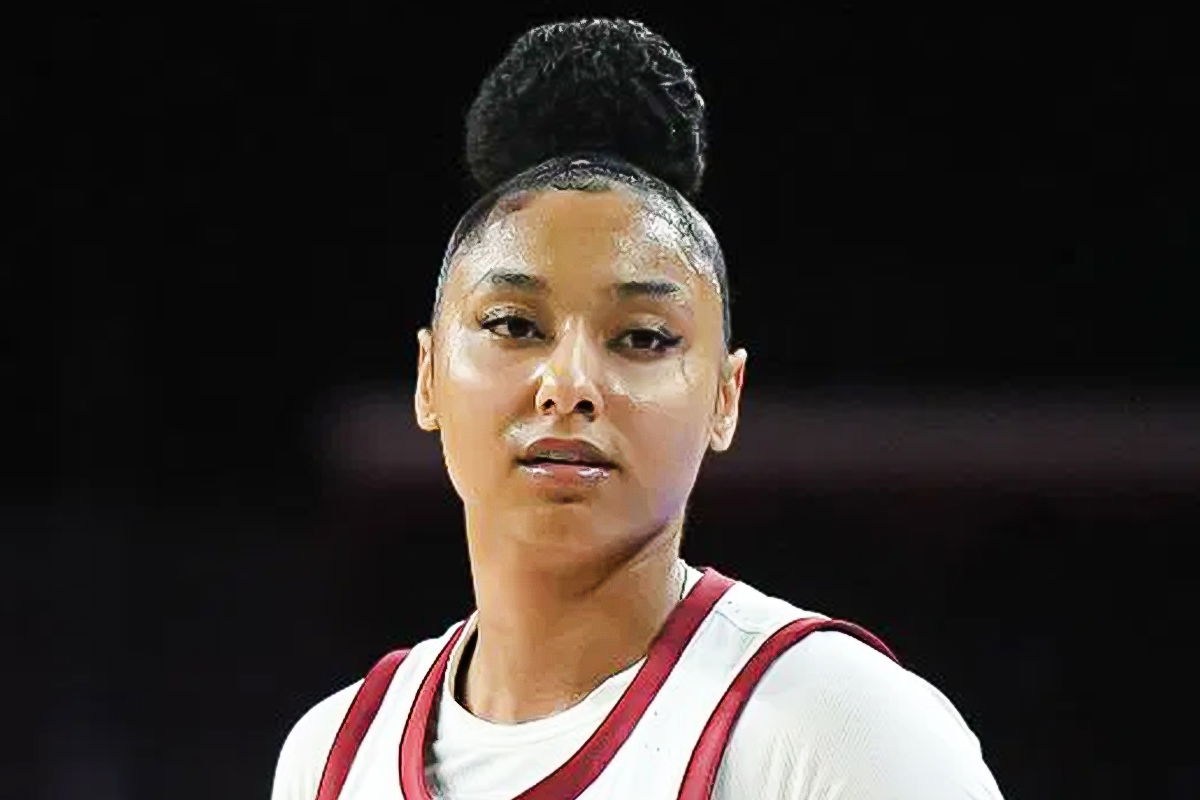

In 2021, college sports entered a new era when the NCAA lifted its long-standing ban on athletes profiting from their name, image, and likeness (NIL). This groundbreaking move unlocked countless earning opportunities for student-athletes, whether it’s landing brand deals, monetizing social media, running training camps, or even publishing books. But while the NIL ruling was a historic step forward, it didn’t solve everything.
Watch What’s Trending Now!
College athletes were only getting paid through third parties like donors and brands. The universities themselves weren’t paying a dime. For years, players have been calling for that to change, demanding fair pay from the very institutions they help generate millions for. Well, those demands have finally been met. The judgement?
As of July 1, the House vs. NCAA settlement has officially gone into effect across all Division I sports. It’s now being hailed as one of the most groundbreaking shifts in NCAA history—and for good reason. This move marks the end of the “amateur” label for college athletes. Schools will now be expected to share a portion of their athletic revenue directly with the players. A new era for college sports. So how did it all begin?
ADVERTISEMENT
What is the NCAA House Settlement? How did it come into effect?
House v. National Collegiate Athletic Association was filed in the United States District Court by Arizona State swimmer Grant House and Texas Christian University basketball player Sedona Prince. The demand was simple! They wanted the NCAA and its conferences to lift restrictions on revenue sharing from broadcast deals. Little did House know that he was about to become the most feared man in college sports.
“I always thought it was interesting that … if [those musicians] can monetize this, take it to the farthest reaches, I couldn’t because I was an athlete doing my own aspirations and dreams,” House said highlighting that the music students were allowed to earn money in college but athletes weren’t “… That just didn’t sit well with me and confused me a lot.”
ADVERTISEMENT
After four years of intense negotiations, the NCAA and the nation’s five largest conferences agreed in May 2024 to pay nearly $2.8 billion to settle a series of antitrust lawsuits. The settlement paves the way for a groundbreaking revenue‑sharing model that would allow the colleges to pay the athletes directly.
Top Stories
Jon Rahm Breaks Silence on Enduring ‘Overweight’ Jibes from American Fans: ‘It Was Rough’
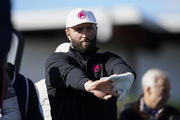
Jeremiah Smith Wants to Blame OSU Unit for CFP Loss & Has Urban Meyer’s Backing
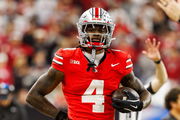
PGA Tour Quietly Alters One of Its Most Controversial Rules before 2026 season

Lamar Jackson Bids Goodbye to Ravens’ Underwhelming Season After John Harbaugh’s Firing
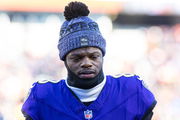
Kai Trump Undergoes Critical Surgery Right Before Kicking Off College Golf Career
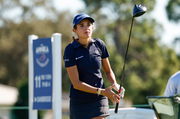
Ohio State RB Makes $840K Demand to Ryan Day as Transfer Portal Threat Looms
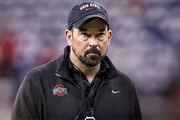
One of the biggest parts of the settlement is the $2.8 billion will go to athletes who played between 2016 and 2024. These are players who missed out on earnings due to the NCAA’s previous rules. Who will be covering these payments? The payout will be covered by the NCAA and its conferences. That approval came on July 1! Schools can now directly pay athletes for the use of their name, image, and likeness (NIL).
ADVERTISEMENT
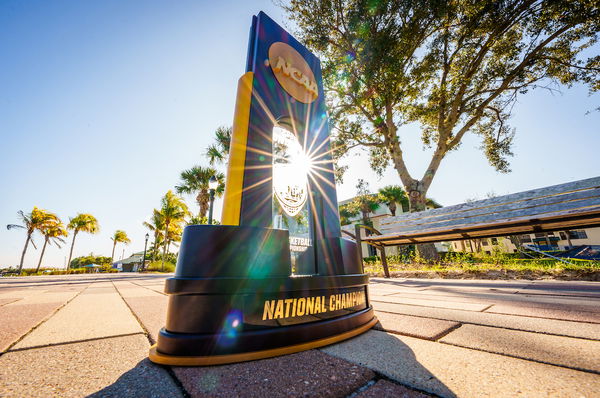
ADVERTISEMENT
To put things in perspective, Division I alone has nearly 200,000 athletes across 350 schools, while the entire NCAA includes around 500,000 athletes at over 1,100 schools. How much will the schools be able to pay now? Well, we have got you covered on that front as well!
NCAA House Settlement: How much will the school pay its athletes? And how will the money be distributed?
Under the House settlement, schools are now allowed to share up to $20.5 million in revenue with their athletes. That is roughly 22% of earnings from media rights, ticket sales, sponsorships, etc. Since the deal was announced in May, many athletic departments have been working on revenue-sharing plans and exploring new ways to boost income to pay their student-athletes.
ADVERTISEMENT
According to NCSL, 90% of that budget will be going to fund the football and basketball teams. So what about the NIL deals? Are they done? Well, no. The settlement still allows student-athletes to sign NIL deals with third parties but with a twist! It also gives the NCAA and conferences the authority to enforce rules around those deals. Wondering why?
To stop schools from using third-party deals as a loophole to get around the salary cap obviously. All NIL agreements must serve a legitimate business purpose and reflect fair market value. To ensure that this whole process is done as transparently as possible, the NCAA has formed a partnership with Deloitte, which will be tasked to oversee the NIL clearinghouse “NIL Go.” Deloitte will be tasked to go through any NIL deal worth $600 or more. They will have the final say in accepting the terms of the deal.
So, what will athlete contracts look like moving forward? While EssentiallySports’ flagship article breaks it all down in detail, here’s a quick rundown for you!
ADVERTISEMENT
What will the contracts look like?
Here’s how these new contracts could work! A college might offer an athlete a $200,000 annual deal with a $200K buyout clause. The player gets half of it upfront, and the other half after completing the academic year. So what happens if they decide to move to a different college? If they choose to transfer after the season ends, they forfeit the second half of the payment. And that’s not all!
The new school would have to pay that $200,000 buyout, which would count against their $20.5 million revenue-sharing cap. The new system does look like a game-changer for college sports, but is it perfect?
ADVERTISEMENT
Does the NCAA House Settlement fix college sports?
One major issue emerging from this settlement is the significant trimming of rosters moving forward. Definitely not what Grant House had envisioned when he first took up the fight. His end goal was always to help athletes in sports like swimming and gymnastics get their fair share. Well, that doesn’t look likely anymore!
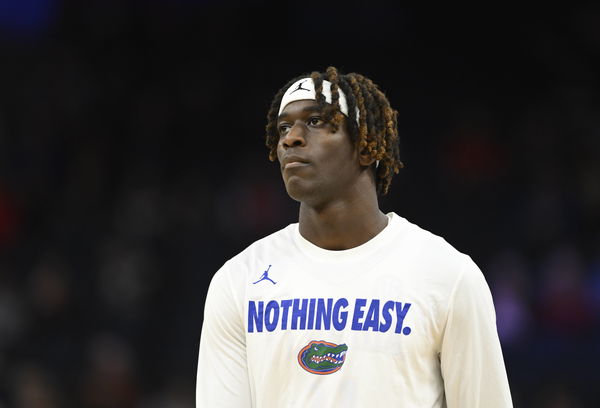
Imago
NCAA, College League, USA Basketball: NCAA Tournament West Regional-Maryland at Florida Mar 27, 2025 San Francisco, CA, USA Florida Gators guard Denzel Aberdeen 11 warms up before a game against the Maryland Terrapins during a West Regional semifinal of the 2025 NCAA tournament at Chase Center. San Francisco Chase Center CA USA, EDITORIAL USE ONLY PUBLICATIONxINxGERxSUIxAUTxONLY Copyright: xEakinxHowardx 20250327_tcs_es2_006
Not only are most institutions planning to allocate up to 90% of their budgets to football and basketball, but sports like swimming and diving are seeing their rosters get maxed at 30 per gender. Huge blow! Hundreds of swimmers across the country have been cut from their programs and are now left searching for new teams through the transfer portal.
ADVERTISEMENT
So, while the House settlement marks a historic shift in college athletics, it might not be a win for everyone. Athletes in sports like swimming and diving could be left behind as schools prioritize football and basketball. What are your thoughts on this groundbreaking deal? Do you think this is the right step forward for everyone involved? Let us know in the comments down below!
ADVERTISEMENT
ADVERTISEMENT
ADVERTISEMENT

